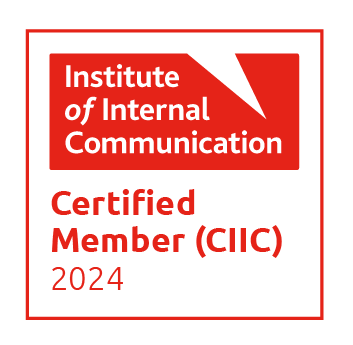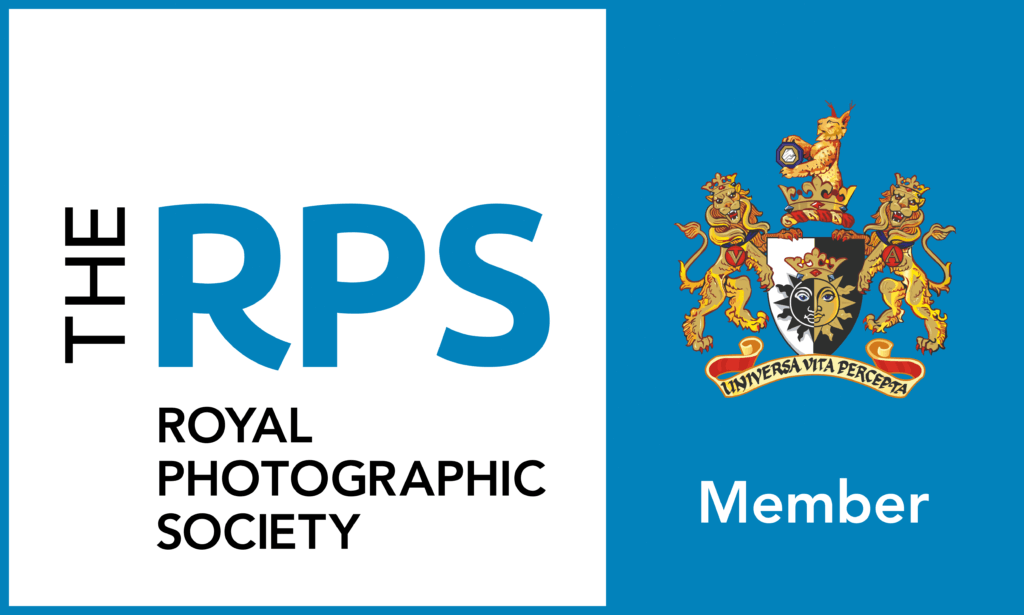Archive for the ‘Church of Ireland’ tag
A day trip to Cork
Andrew and I visited the Irish city of Cork on Tuesday 6th July 2021. The day out was basically the birthday treat for Andrew (albeit not actually on his birthday). We explored the city and I took some photographs all using my iPhone. Below are three of my favourites.



I highly recommend visiting the city, and we have plenty on our list to go back to see on another occasion. Once the pandemic is a bit more under control, we hope to go back for a weekend and see more of the city.
Monastic connections
The clue is in the name of the town, Monasterevin, or as Gaeilge, Mainistir Eimhín, of Monastery of Evan. There is clearly a link to monasticism in this place. But what is this link?
Early Irish monasticism
From the time of St Patrick there were monastic houses all over the island. It is said that St Evan, brother of Becan who died in 689, brought monks from his district in Munster, and built a monastery at Rosglas na Muimneach, where he was buried. St Evan wrote a Tripartite Life of St Patrick in Latin and Irish, and a Life of St Comgall (of Bangor). It is likely that this early monastery was destroyed by the Danes during their ravaging expeditions across the island, probably by the eighth century.
Mediæval monasticism
By the twelfth century, monasticism had seen the rise of the monks of the Order of St Benedict, and the reform of that order by the Cistercians who wanted to live a life more strictly following the Rule of St Benedict.
In the charter of the twelfth century, Dermot O’Dempsey, King of Offaly, granted and confirmed the site and possessions to the monks of Rosglas in honour of Blessed Mary and St Benedict. The charter mentions no order specifically. The first two witnesses are Nehemias, bishop of Kildare (from 1177) and Donat (Dungal), bishop of Leighlin, who died 1181. Bishop Donat had attended the Synod of Kells at which the Irish Church was reformed and divided into the dioceses we now know. It follows, therefore, that this charted must be dated between 1177 and 1181. The date of foundation has been given as 1178, as 1189, and the date of consecration as 27 October 1181. The Annals of the Abbey of St Mary Dublin give 22 October 1189 as the date of colonization from the Abbey of Baltinglass.
The inclusion of the name of St Benedict in the charter and these two dates may mean that the monastery was founded in 1178 for Irish monks of the Order of St Benedict, who wished to be and lived as Cistercians, with their official affiliation to the Cistercian Order being delayed until 1189. The founder died in 1193, and in 1198, John, Abbot of Monasterevin became the bishop of Leighlin, having been consecrated in Rome by Pope Innocent III on 18 September.
In 1228, the abbey was made subject to Fountains Abbey with the abbot of Buildwas as visitor. Both Fountains and Buildwas are in England and have substantial ruins still extant. Fountains Abbey is about three miles south-west of the city of Ripon in the West Riding of Yorkshire. The ruins are in the care of the National Trust. It is one of the largest and best preserved Cistercian houses in England. Buildwas Abbey is in Shropshire, on the banks of the River Severn, about two miles west of Ironbridge.
In 1273, the abbot of Monasterevin complained in the chapter general against the abbots of Kilcooly, Monasteranenagh, and Woney. In 1297, the abbot was accused of harbouring felons, murderers, and robbers. The jury found that he not done so voluntarily, and he was fined half a mark. In the taxation of 1302–06, the temporals were worth 55 shillings. The abbot was a spiritual peer and sat in the Irish Parliament. In 1427, the abbey had been almost completely despoiled of its goods. Abbot Matthew Obythechayn was accused in 1482 of various offences including of having offspring by a nun of the Order of St Brigid. In 1540–41, the value of the farm of the house of St Evin and manor of Ley was £20 13s. 4d. The grantee was George, Lord Audley and the assignee Adam Loftus, Viscount Ely. Later, the property came into the possession of the family of the Earl of Drogheda.
Monasterevin Church of Ireland

The first Protestant church was built on the site of the old Cistercian Abbey Church which stood where the kitchen now is in the main house of Moore Abbey by Adam Loftus who took possession in 1607. It was rebuilt in 1664 in the same place. The Anthologia Hibernica Magazine, vol III, p. 104, 1794 says that Charles, 6th Earl of Drogheda in 1767 pulled down the old church and rebuilt it in a neat Gothic style at the other end of the town. It would appear that at least the top of the tower of the present Church of St John the Evangelist belonged to the Cistercian Abbey.
Monasticism in the parish today
It is not often that we hear of the Religious life in the Church of Ireland, but there are links to religious orders even so. There is the Community of St John the Evangelist in Dublin, present since 1912. There is Br David Jardine of the Society of St Francis living in Belfast. I can think of Fr John Gribben of the Community of the Resurrection in Mirfield who originally comes from Belfast. Here in Monasterevin, in the Roman Catholic community there is the Presentation Sisters Generalate, and the Sisters of Mercy in the town, and the Sisters of Charity of Jesus and Mary at Moore Abbey are present.
We may not have a Cistercian Abbey still extant, nor a Benedictine house, but there is a small connection to the Rule of St Benedict each day in the parish. This small connection is myself. For I am connected to an Anglican Benedictine Community called the House of Initia Nova. The community has members in the USA, Australia Great Britain as well as two on the island of Ireland. Community members live by reading a portion of the Rule of St Benedict into their lives each day. They say Morning and Evening Prayer and come together globally on Sunday evenings via Zoom. Members are ordained and lay, married and single, straight and gay. You can find out more about HIN at http://hinuki.org
Works referred to:
Gwynn, A., & Hadcock, R. (1970). Medieval Religious Houses in Ireland. London: Longman Group Ltd.
Sr M. Stanislaus. (n.d.). Schools’ Collection, The. Retrieved June 8, 2021, from dúchas.ie: https://www.duchas.ie/en/cbes/4769966/4763140
St Mary’s Training School. (1987, March 25). Facts about St John’s Church. Monasterevin, Co. Kildare, Ireland.
Originally published in In Touch, the magazine of the Parish of Portarlington Union, July and August 2021 edition.
Carol Service from Portarlington Union
A couple of weeks ago, a small group of parishioners gathered in the Church of St John the Evangelist in Monasterevin to record a Carol Service for this year. We had to keep it small because of the ongoing COVID-19 restrictions. And although we could listen to carols, we weren’t able to sing them.
You can watch the service here via Youtube. The Order of Service is below.
Download the Order of Service here.
Watch out for the schismatics within!
ANiE, which is distinct from other national churches and approved by the Gafcon Primates Council, is fully recognised as being within the Anglican Communion and more than 50 million Anglicans worldwide.
https://www.gafcon.org/news/new-anglican-jurisdiction-is-launched
This statement appears to be economical with the truth. The “Anglican Network in Europe” is not fully recognised as being within the Anglican Communion — at least not by the Anglican Communion. Look on its website for a reference to this body: I cannot find one. Indeed, by the announcement on the GAFCON website we can see that this is a lie. It is self-proclaimed:
“ANiE is not part of the Canterbury-aligned national church structures but remains in fellowship with those faithful Anglicans who affirm the Jerusalem Declaration, and who have chosen to remain and bear witness within the historic Anglican structures.”
Ibid.
It is quite clearly not part of the Anglican Communion. All Anglicans “are in communion — or a reciprocal relationship — with the See of Canterbury and recognise the Archbishop of Canterbury as the Communion’s spiritual head.” (anglicancommunion.org)
Also created this week was the Anglican Mission to England (AMiE). This body claims to be “fellowship of faithful Anglican churches committed to gospel mission.” It is quite clear that they are not Anglican as defined by the Anglican Communion. This means that they are not Anglican.
They are, however, all part of GAFCON which is portraying itself as being faithfully Anglican yet creates alternative jurisdictions. So far, I have not seen an “Anglican Mission to Ireland”. I do not believe that this is surprising however. There are enough GAFCON-linked clergy and organisations on the island.
Loyal members of the Church of Ireland should be careful who they give money to, or to whom they provide other support. Watch out for organisations and clergy who seem intent on breaking away from the Anglican Communion.
One way of spotting this is if someone supports the “Jerusalem Statement of 2008”. Reading it, you can be deceived that nothing is amiss. But it is the mark of someone linked to GAFCON. I’ve already seen that the Irish Chuch Missions is now linked. Also linked are at least two current Bishops: David McClay, Bishop of Down and Dromore and Ferran Glenfield, Bishop of Kilmore, Elphin and Ardagh. Before he retired, Harold Miller, who was David McClay’s predecessor was similarly linked. There is a body called “GAFCON Ireland”. I’ve even seen the Jerusalem Statement referenced on a Parish website (http://www.ascbelfast.com/beliefs).
The Irish Church Missions is hoping to plant 10 churches in Dublin by 2028. Would it not be a good idea to support the churches and parishes that are already in the Diocese of Dublin instead of creating new ones?
I hope that loyal members of the Church of Ireland stand up for their church and stop it being led into schism with Canterbury. Let’s not let the Church of Ireland become a schismatic branch of Anglicanism by the not-so-back-door.
Background note
I only found out about the existence of AMiE because the current rector of a Belfast parish referred to it on his Facebook account. He said that he was “privileged to witness the formation of a new Anglican Convocation.”
Photo by John-Mark Smith from Pexels
The Kingship of Christ – 24th November 2019
This morning I played the organ for the Eucharist for the Kingship of Christ in the Parish Church of St John the Evangelist, Monasterevin, Co. Kildare.
The four hymns were:
- 34 ICH, O worship the King
- 90 ICH, Hail Redeemer, King divine
- 231 ICH, My song is Love unknown
- 259 ICH, CHrist triumphant, ever reigning.
During the Administration of the Communion I played Sweet Sacrament Divine.














